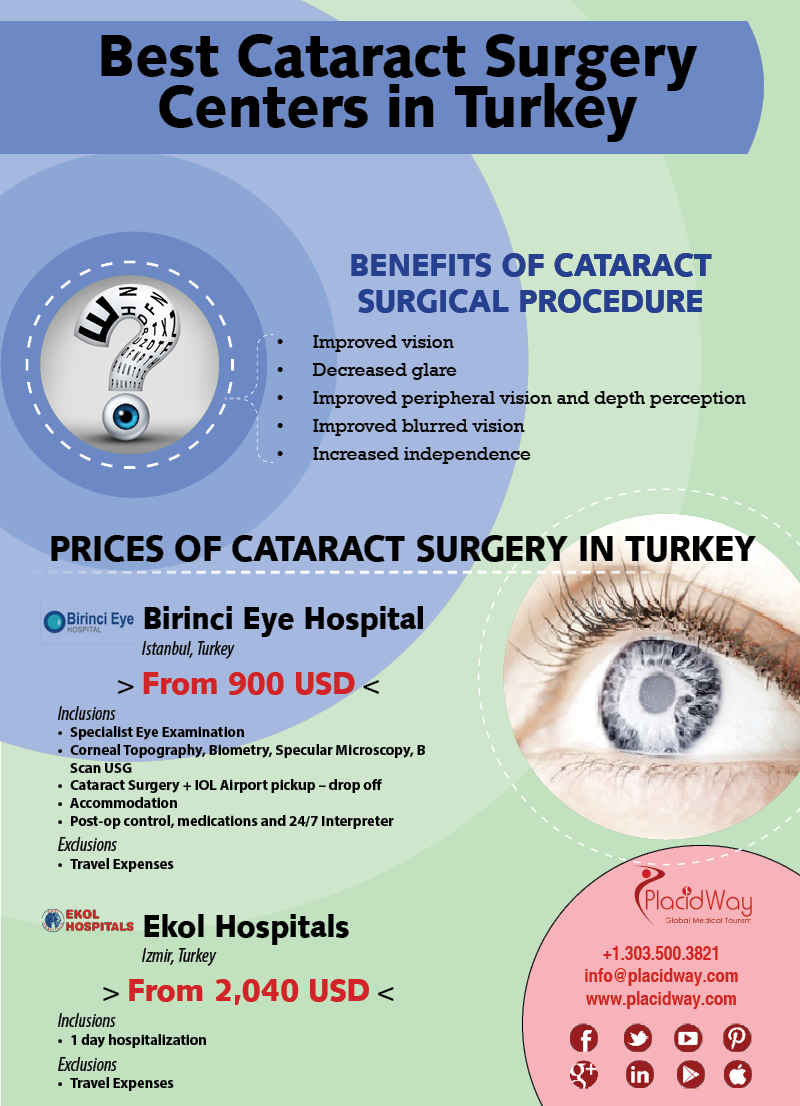How Does SMILE Eye Surgery Contrast To LASIK And PRK?
How Does SMILE Eye Surgery Contrast To LASIK And PRK?
Blog Article
Article Created By-Foss Chase
If you've been considering SMILE eye surgical treatment, you could ask yourself just how it compares to LASIK and PRK. cataract surgery types of lenses has its very own collection of advantages and factors to consider. From quicker recovery times to prospective risks, there are essential distinctions you ought to know before making a decision. Comprehending these differences will assist you make an enlightened selection that aligns with your details needs and expectations. Curious to recognize more about how these treatments compare carefully? Keep discovering to get a detailed understanding of SMILE, LASIK, and PRK.
SMILE Eye Surgical Procedure Summary
If you're thinking about SMILE eye surgery, you'll discover it to be a minimally intrusive treatment with a fast recovery time. Throughout SMILE (Little Cut Lenticule Removal), a laser is utilized to develop a little, precise incision in the cornea to eliminate a tiny piece of tissue, improving it to remedy your vision. This varies from LASIK, where a flap is created, and PRK, where the external layer of the cornea is completely eliminated.
Among the essential advantages of SMILE is its minimally intrusive nature, bring about a faster healing process and much less discomfort post-surgery. The healing time for SMILE is fairly fast, with several people experiencing enhanced vision within a day or two. This makes it a prominent option for those looking for a hassle-free and efficient vision adjustment procedure. Additionally, SMILE has been shown to have a lower danger of completely dry eye syndrome contrasted to LASIK, making it a positive alternative for individuals concerned concerning this prospective negative effects.
Differences In Between SMILE, LASIK, and PRK
When contrasting SMILE, LASIK, and PRK eye surgical procedures, it's important to recognize the distinctive methods utilized in each procedure for vision correction.
SMILE (Tiny Laceration Lenticule Removal) is a minimally intrusive procedure that includes developing a little cut to extract a lenticule from the cornea, improving it to correct vision.
LASIK (Laser-Assisted In Situ Keratomileusis) includes producing a slim flap on the cornea, making use of a laser to reshape the underlying tissue, and after that rearranging the flap.
PRK (Photorefractive Keratectomy) removes the external layer of the cornea before improving the cells with a laser.
The major distinction depends on the way the cornea is accessed and treated. SMILE is flapless, making it an excellent alternative for people with slim corneas or those involved in get in touch with sports. LASIK uses quick aesthetic recuperation due to the flap creation, but it may position a higher danger of flap-related problems. PRK, although having a longer recuperation period, avoids flap-related issues altogether.
Comprehending these variations is essential in selecting the most suitable procedure for your vision adjustment demands.
Benefits And Drawbacks Comparison
To assess the advantages and disadvantages of SMILE, LASIK, and PRK eye surgeries, it's important to think about the particular benefits and prospective limitations of each treatment. SMILE surgical treatment offers the advantage of a minimally invasive procedure, with a smaller sized incision and potentially quicker recovery time compared to LASIK and PRK. It additionally reduces the threat of dry eye post-surgery, an usual adverse effects of LASIK. Nonetheless, discover here may have constraints in treating higher degrees of nearsightedness or astigmatism contrasted to LASIK.
LASIK surgical treatment offers fast aesthetic recovery and very little discomfort throughout the treatment. It's very effective in treating a variety of refractive mistakes, consisting of myopia, hyperopia, and astigmatism. Yet, LASIK lugs a risk of flap complications, which can impact the corneal structure.
PRK eye surgical procedure, while not as prominent as LASIK, prevents developing a corneal flap, minimizing the threat of flap-related difficulties. It's suitable for patients with thin corneas or uneven corneal surfaces. However, PRK has a much longer healing time and may include more pain throughout the recovery process.
Conclusion
So, when it comes to selecting between SMILE, LASIK, and PRK, think of it like picking the excellent set of footwear. SMILE resembles a sleek, comfy set of tennis shoes - fast and simple.
LASIK is a lot more like trendy high heels - flashy and quick, but with some potential risks.
PRK resembles durable treking boots - trusted and long lasting, yet needing a little bit more effort and time.
Ultimately, the very best option depends upon your specific needs and preferences.
